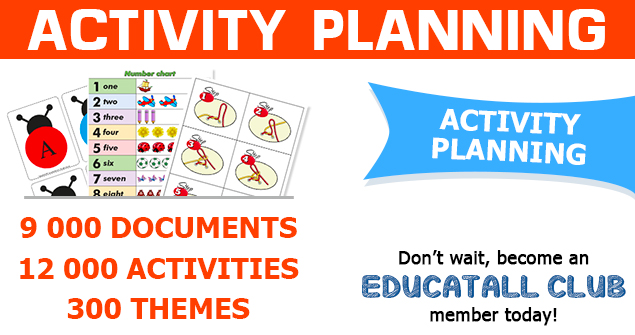Go to sleep
I have chosen to share my reality with you. Bedtime is very stressful in our house. I do not have a sleep problem myself. However, my daughter is very talented at putting off the moment where her eyes finally close for a few hours. On certain evenings, 90 minutes can go by before she nods off. The problem does not necessarily lie in the length of time it takes her to fall asleep but in the activity which accompanies the endless wait for slumber. Races down the hall, teddy bear throws, requests for water and to use the bathroom, and so many other distractions prevent her from falling asleep. I am sure many of you have had similar situations. I knew I would feel your compassion in writing this.
Of course, I have attempted to detach myself from the problem. Let me explain. I questioned myself as to what advice I would give a friend who came to me with the same problem. I forced myself to think about it without letting my emotions get in the way. This brought me to enforce a strict routine. We have a relaxation period together: a short movie, a calm game... She then brushes her teeth, drinks water, goes to the bathroom, and hops into bed! Mommy or Daddy read her a bedtime story. Sometimes, when she requests it or if I feel she is still too excited I will give her a light massage. I even photographed our new routine and displayed the pictures on her wall. We prepared a motivational calendar. Whenever she goes to bed nicely, she can place a sticker on her calendar.
As you can see, I really used my heavy artillery. My reflections brought me to realize that not everyone has an innate capacity to relax. Whether it be at daycare or at home, most children experience difficulty falling asleep at some point. As parents or daycare workers, we must help children learn to relax on their own.
Here are a few tricks which may help:
- Establishing a regular routine helps children prepare for various activities (prepare for naptime for example).
- Gentle boxes: tiny containers filled with gentle objects which can be used to help children relax (feathers, cotton balls, and small cars can be used for gentle massages).
- Naptime containers: containers filled with calm activities and games. Puzzles, plastic figurines, books, or anything else which will encourage children to relax. The contents of the containers can help children transition from lunch to naptime for example.
- Yoga
- Children massage each other with balls (in groups of two).
- Children decorate a cloud and glue it to the ceiling over their bed. They can admire it before falling asleep.
- Soft music
- Relaxation and breathing exercises. Nicole Malenfant's book "Jeux de relaxation" is a great tool for daycare workers. It is available in French only on our online store. It is filled with activities that help children (and adults) relax.
I think the most important thing is to be patient, even if it is difficult at times. Remind yourself that children are not trying to provoke you. They may just want extra attention. The more attention you give them, positive or negative, they will have succeeded. The more exasperated you are, the more you lecture them, the more you respond to their questions and requests, the more reason they have to pursue. Remember, each child is unique. Some need to be very active before they fall asleep while others need a familiar object or sound. Some children require darkness while others need to feel your presence... breathe!
Magalie Lebrun
No element of this text may be copied, reproduced, distributed, published, translated, downloaded, posted, or transmitted, in any way, without prior written authorization from Educatall and the copyright holder. Elements may be posted and/or downloaded solely for personal and non-commercial use provided no modifications are made and all notices of intellectual property are fully shown (name of the author, title of the article, name of the website, date the text is used and the date of the part in question).

 Home
Home Theme activities
Theme activities
 Babies and toddlers
Babies and toddlers
 Arts and crafts
Arts and crafts
 Science
Science
 Creative recipes
Creative recipes
 Tips and tricks
Tips and tricks
 Special needs
Special needs
 Extra activities
Extra activities
 Educ-TV
Educ-TV
 Newsletter
Newsletter  Online store
Online store Educatall club
Educatall club


